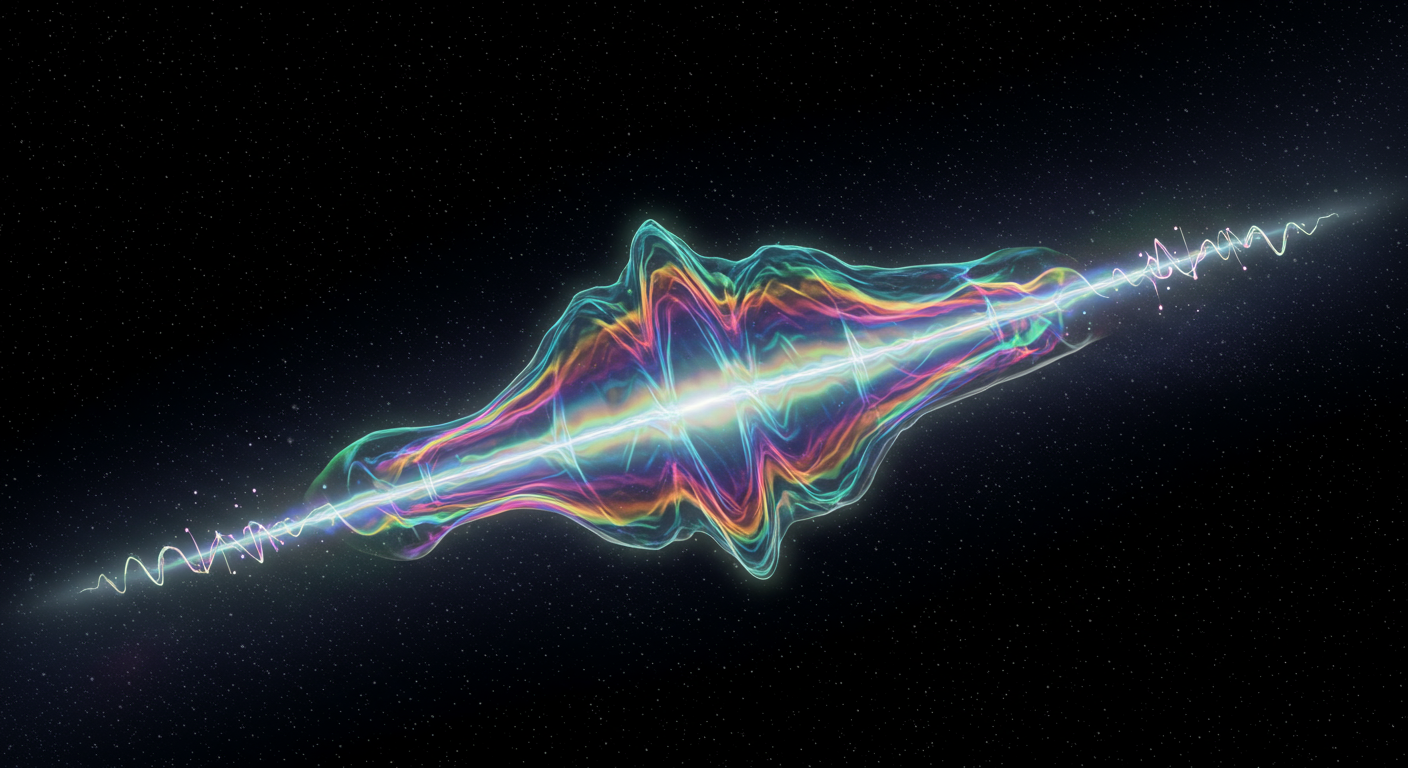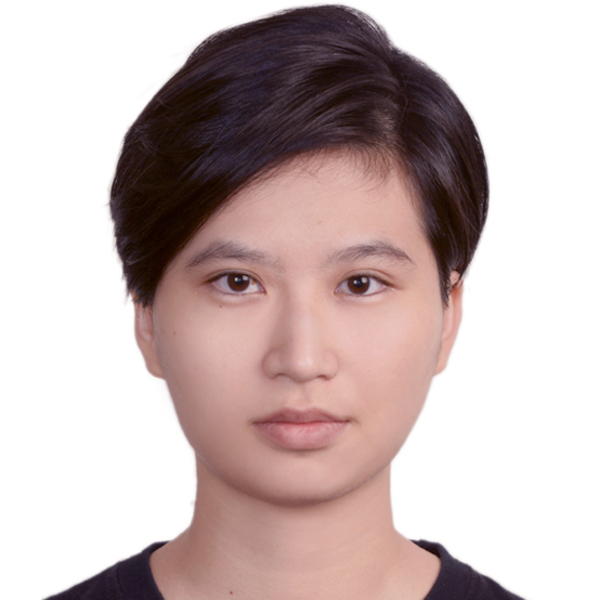Quantifying Ionospheric Effects on Global 21-cm Observations

The quest to observe the faint 21-cm signal from the Cosmic Dawn is one of the most compelling frontiers in modern cosmology, promising a direct window into the formation of the first stars and galaxies. However, ground-based experiments face an immense challenge: separating this whisper-faint cosmological signal from foreground astrophysical sources that are thousands of times brighter. In our paper, “Quantifying Ionospheric Effects on Global 21-cm Observations,” led by MPhil student Emma Shen in collaboration with Dominic Anstey, Eloy de Lera Acedo, Anastasia Fialkov, and Will Handley, we investigate a critical and often underestimated systematic effect: the Earth’s own ionosphere.
The Ionospheric Veil
The ionosphere, a turbulent layer of magnetised plasma in our upper atmosphere, acts as a chromatic lens, distorting extraterrestrial radio signals before they ever reach our telescopes. The effects are particularly pronounced at the low frequencies (50-200 MHz) relevant for 21-cm cosmology. This work details how two primary phenomena, refraction and absorption, can introduce frequency-dependent distortions that are two to three orders of magnitude larger than the expected cosmological signal itself. These disruptions pose a severe threat to experiments aiming to confirm controversial detections, such as the one reported by the EDGES collaboration (10.1038/nature25792), which has been met with scrutiny regarding potential unmodelled systematics (10.1038/s41586-018-0796-5).
A Two-Layer Model for a Complex Problem
To systematically quantify this contamination, we developed a sophisticated simulation that models the ionosphere as two distinct layers, building on prior work such as that by Vedantham et al. (10.1093/mnras/stt1878):
- The F-layer: Characterised by high electron density, this layer is the primary source of signal refraction. It acts like a lens, altering the apparent position of sources on the sky in a frequency-dependent manner.
- The D-layer: Dominated by high gas density and electron collisions, this layer is responsible for signal absorption, effectively dimming the sky with a chromatic filter.
Our model incorporates real-world temporal data from the Lowell GIRO Data Center for the F-layer, observed from a site near the future location of the REACH experiment in South Africa. By simulating how an antenna beam is modified by these layers, we calculated the resulting distortions on the integrated sky temperature.
Key Findings: A Persistent Challenge
Our analysis reveals several critical insights for the global 21-cm community:
- Signal Distortion: The ionosphere not only weakens the amplitude of the global 21-cm signal (by up to 15% in our simulations) but also fundamentally distorts its spectral shape.
- Dominant Effects: While both layers contribute, the D-layer’s absorption is the dominant source of contamination in both magnitude and chromatic complexity.
- No Escape Through Time-Averaging: A crucial and sobering finding is that these chromatic effects do not simply average out over time. Our simulations, spanning several nights of observation, show that residual distortions comparable in magnitude to the 21-cm signal persist.
- Pipeline Implications: When we fed our simulated, ionospherically-corrupted data into a Bayesian analysis pipeline akin to that used by REACH, it was unable to recover the injected cosmological signal.
This work demonstrates unequivocally that the ionosphere is not a nuisance to be ignored or averaged away, but a central component of the foreground problem. For any ground-based global 21-cm experiment to succeed, its analysis pipeline must include a physical model to account for the chromaticity introduced by the ionosphere at every step of the observation. Our research provides a quantitative foundation for developing such models, marking a necessary step toward robustly unveiling the secrets of the Cosmic Dawn.





Content generated by gemini-2.5-pro using this prompt.
Image generated by imagen-3.0-generate-002 using this prompt.